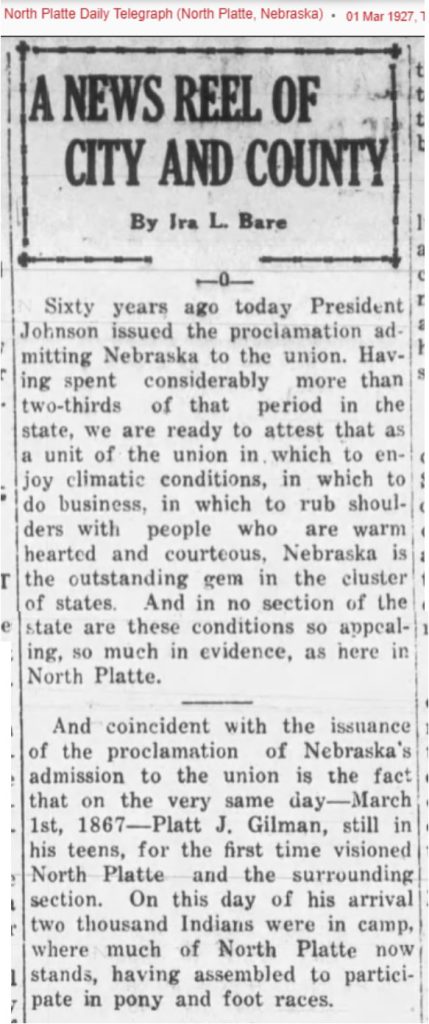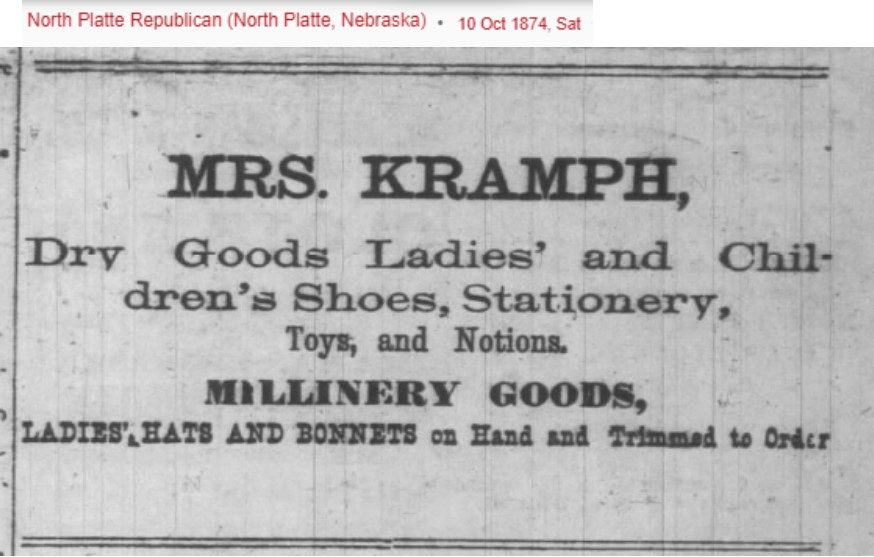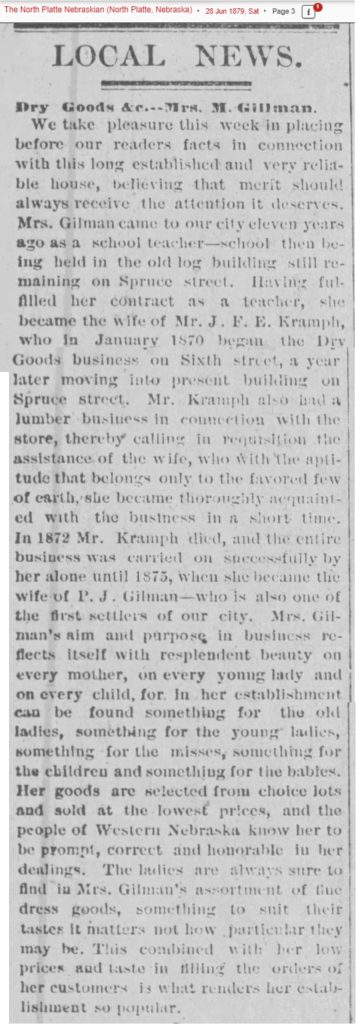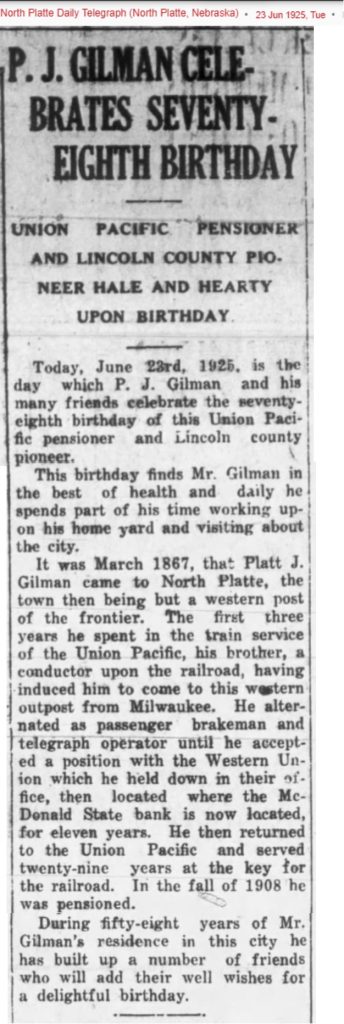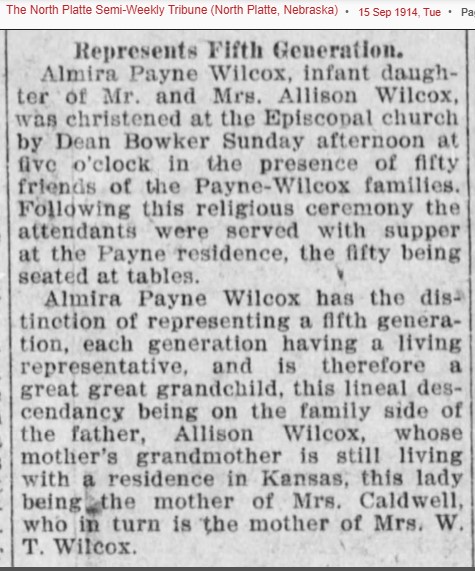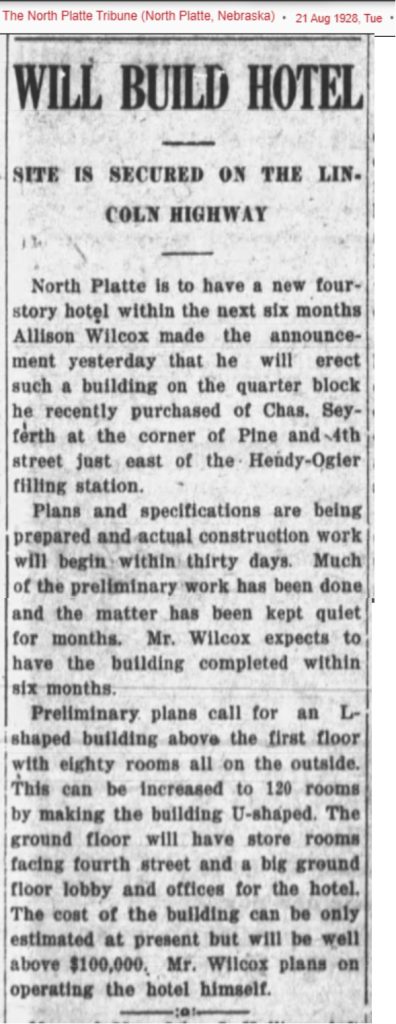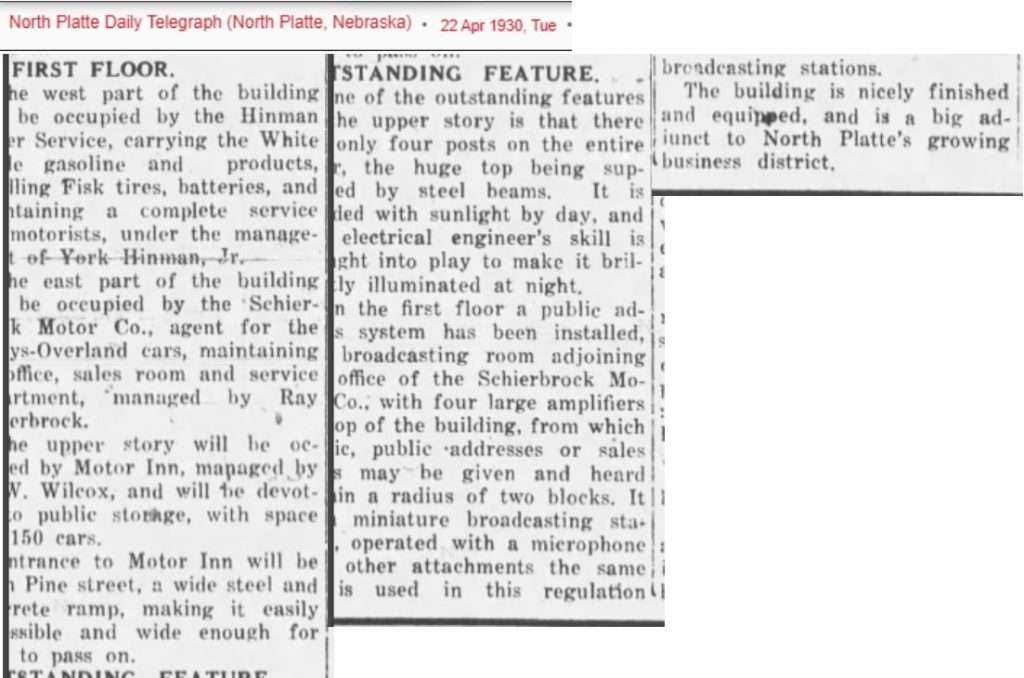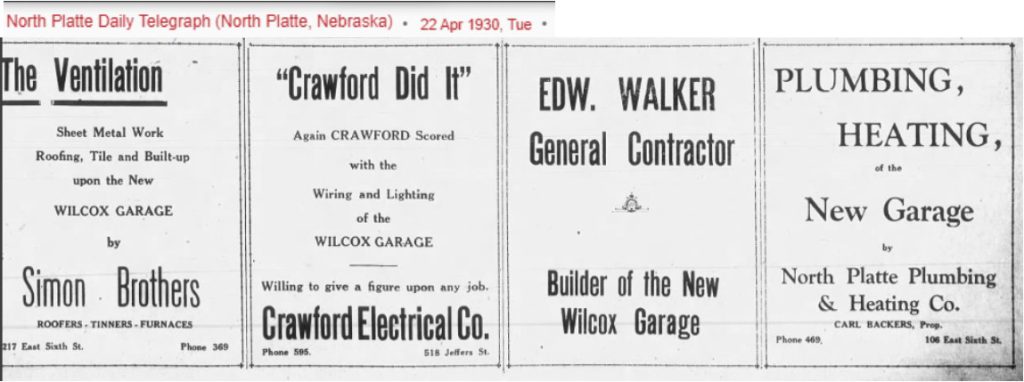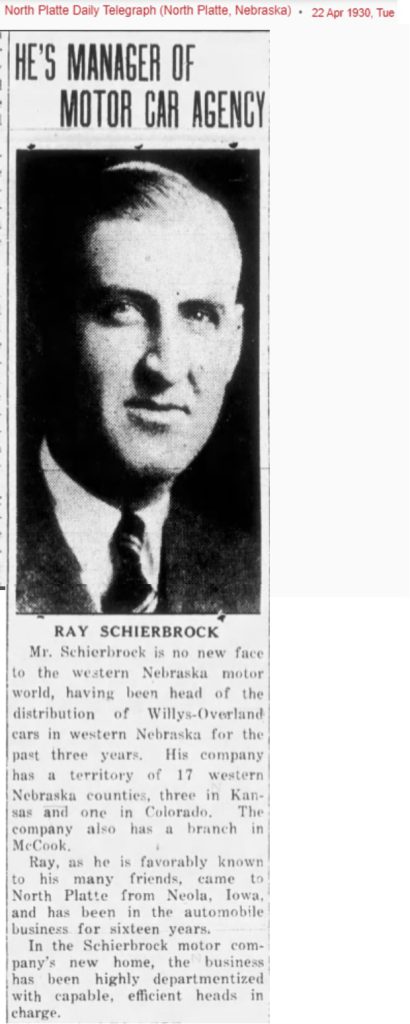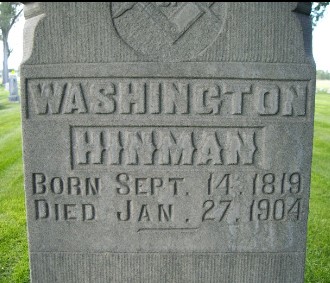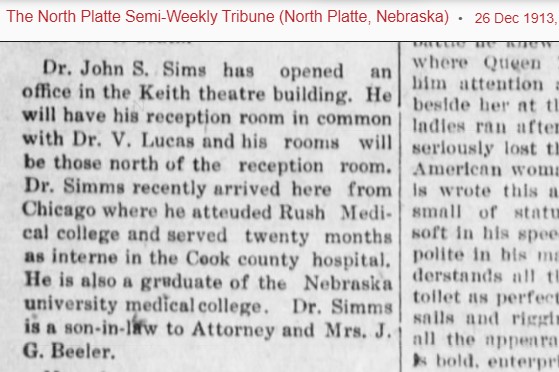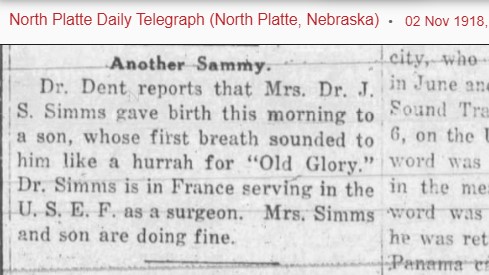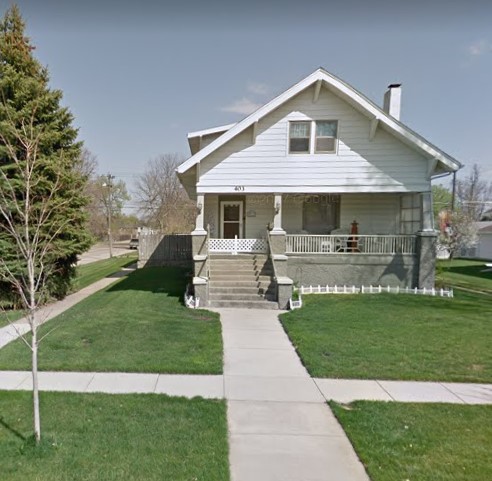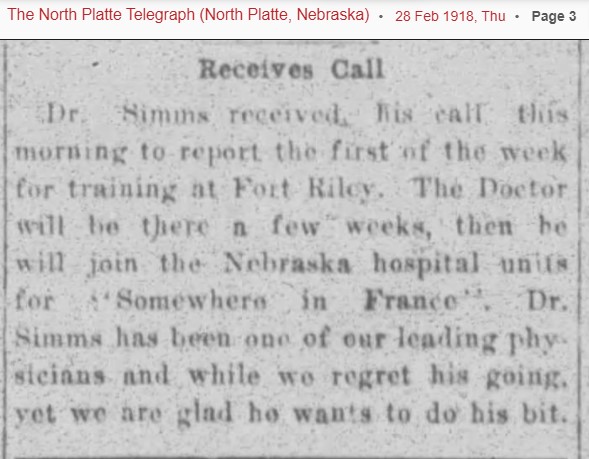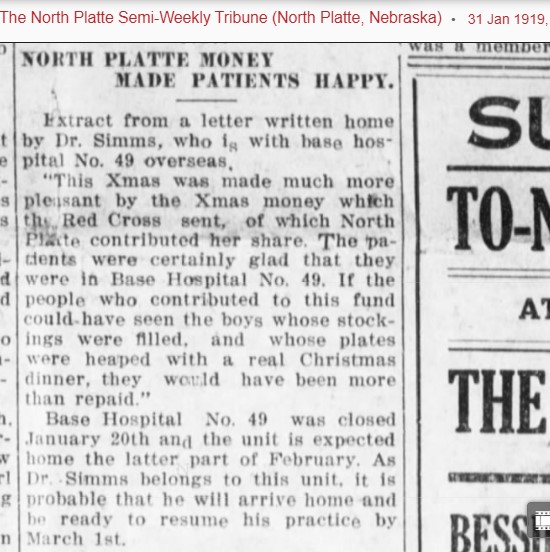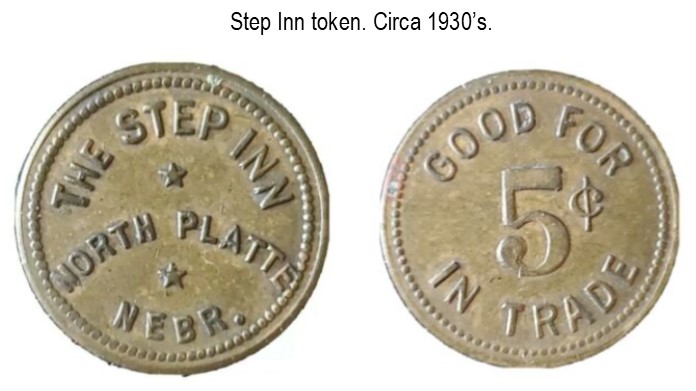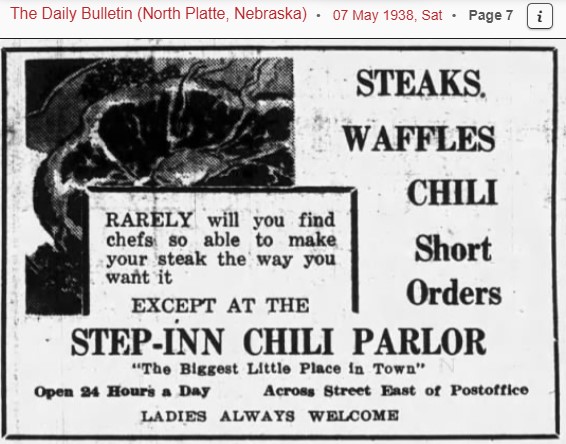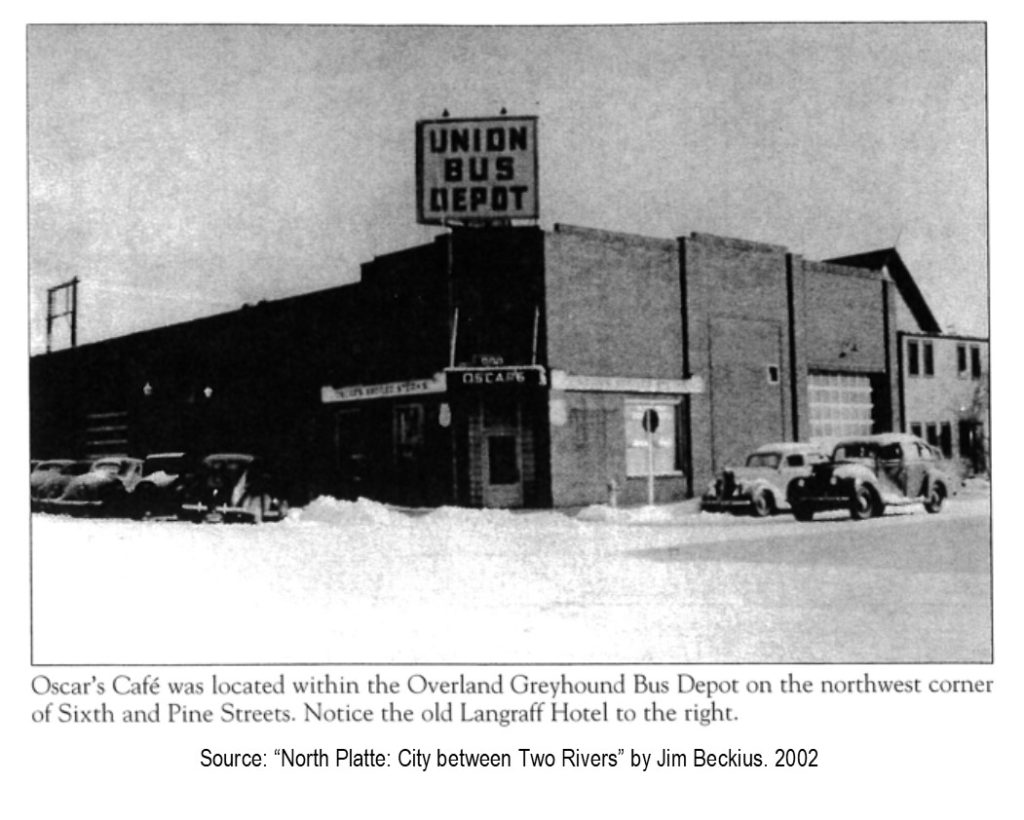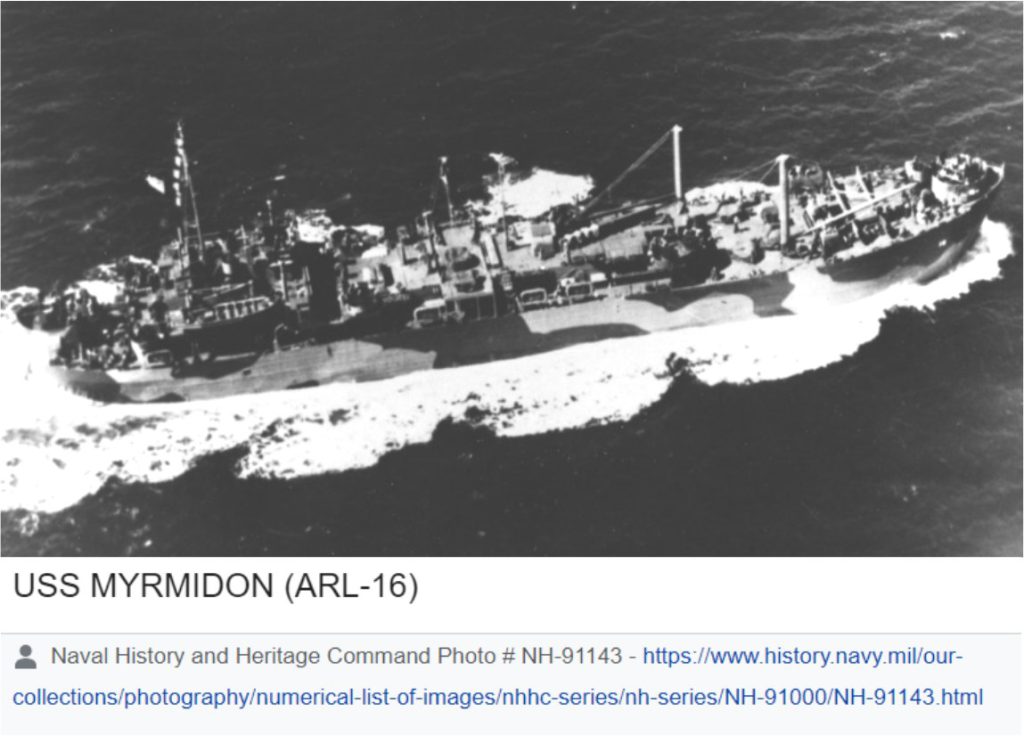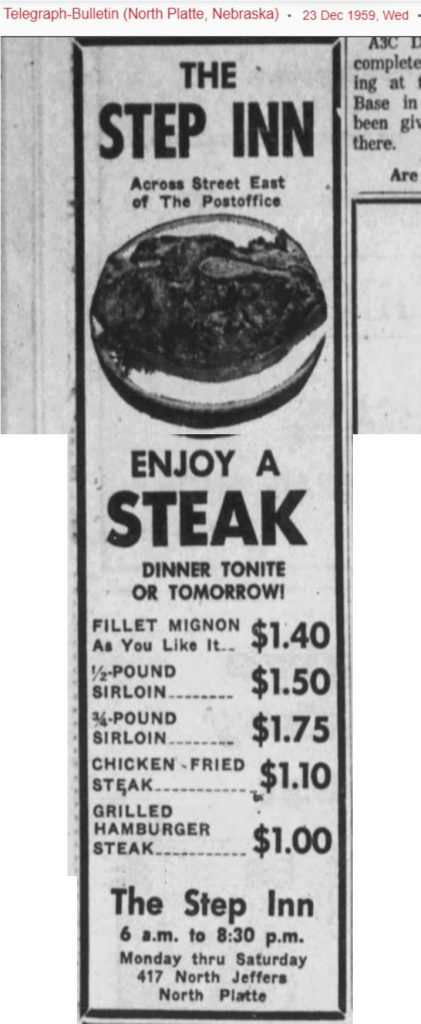Originally published to facebook.com/NorthPlattePL on September 30, 2022.
Welcome back to our Facebook Friday history
Today we salute a very early railroad man and telegrapher, Platt J. Gilman. Platt came to North Platte when the town was the terminus of the Union Pacific Railroad and was in the process of construction as the first transcontinental railroad to the West.
Platt Jewell Gilman was born in Plattsburg, New York on June 23, 1847 to Rufus A. Gilman (1801-1896) and Ann H. (Mooers) Gilman (1809-1889).
Platt attended school in Milwaukee, Wisconsin.
He mustered in to the Union in the Wisconsin 39th Infantry, Company I on May 13, 1864. Platt was a Private and 17 years old when he enlisted. This division was assigned to Memphis Tennessee, where they engaged in guard duty and relieved veteran regiments which were sent to the front for the Atlanta campaign. The only combat for this division occurred on August 21, 1864, when a detachment of cavalry under Nathan Bedford Forrest raided Memphis, attempting – unsuccessfully- to capture the Union commanders stationed there in what is referred to as the Second Battle of Memphis. The regiment was mustered out on September 22, 1864.
After the war, Platt returned to Wisconsin, learned telegraphy and worked for two years with the Chicago & Milwaukee Railway. For those readers who aren’t quite sure about this early form of communication, a telegraph was an electric machine (see picture of a telegraph attached to this post). This machine was used to transmit messages, via an electric pulse, over a wire.
In March 1867, Platt Gilman arrived in North Platte. This was an important time period, because on March 1, 1867, President Andrew Johnson signed the proclamation declaring Nebraska’s statehood.
His first job was working for the Union Pacific Railroad, which was still building the railroad west of North Platte, as it continued to Promontory Point. He alternated as passenger brakeman and telegraph operator, until he accepted a position with the Western Union. He worked for Western Union from 1870 to 1879.
In 1875, Platt married Mary Eddy (Hubbard) Kramph. Mary was previously married to John “JFE” Kramph (1840-1872) and widowed. Mary and John had two children, Henry and Annie (Nos 1 & 2). Platt and Mary had six children. Readers, please take note of numbers 2 and 5; as they both have connections to the North Platte Public Library!
- Henry Kramph (1871-1896). He died at the age of 25 in Mexico. He had no wife or children and very little is known about him, including where he is buried.;
- Annie C. Kramph (1873-1959). She was unmarried and served on many boards, including the North Platte Public Library Board and the Nebraska Library Commission. She is buried in the North Platte Cemetery.;
- Mary Louise (Gilman) Wilcox (1876-1899). Married to John Q. Wilcox in June 1899, she died suddenly of heart failure in September 1899 at age 22. She is buried in the North Platte Cemetery.;
- Alfred Alonzo Gilman (1878-1966). Graduate of the University of Nebraska and became a Bishop in the Episcopalian Church. He served as a Bishop in Wuchang China for 24 years. Married to Gertrude (Carter) Gilman. They had 4 children together. Gertrude died when they were doing mission work in 1936 at age 61. She is buried in China. Rev. Alfred Gilman is buried in the North Platte Cemetery.;
- Kate Miller (Gilman) Woolsey (1880-1972). Married to John Arthur Woolsey in 1910. They had two children. Kate’s served as the North Platte Public Library Childrens Librarian for over 30 years and the library’s children’s room is named the “Kate Woolsey Children’s Room”. She is buried in the North Platte Cemetery.;
- Margaret M. (Gilman) Saint (1883-1963). Married to George A. Saint in 1908. They had three children. She is buried in Mount Emblem Cemetery in Illinois.;
- Carl F. Gilman (1884-1889). Died from diphtheria at age 5. He is buried in the North Platte Cemetery.; and,
- Orilla G. (Gilman) Birge (1887-1970). Married to Richmond Dillon Birge in 1911. She is buried in the North Platte Cemetery.
In 1879, Platt or P.J. returned to the Union Pacific Railroad, working as a telegrapher. He worked for the Railroad for the next 29 years and retired in 1908.
The Gilman family lived at 315 West 5th Street. This house would have been located where the newer west addition was added to the First Lutheran Church. The family were devout Episcopalians and very involved in the Church.
Platt was also supportive of growing our little community; and a member of the Knights Templar and the Independent Order of Odd Fellows. He also served three terms on the School Board.
Mrs. Gilman was involved in Civilian Relief or the GAR (Grand Army of the Republic) Auxiliary called the Women’s Relief Corps (WRC). Mary Gilman served as the President of the WRC around 1909. She also devoted time and efforts in the Red Cross.
Platt died at home in 1932 at the age of 85. Mary died in 1926 at the age of 80. Both are buried in the North Platte Cemetery.
Thank you for reading!

